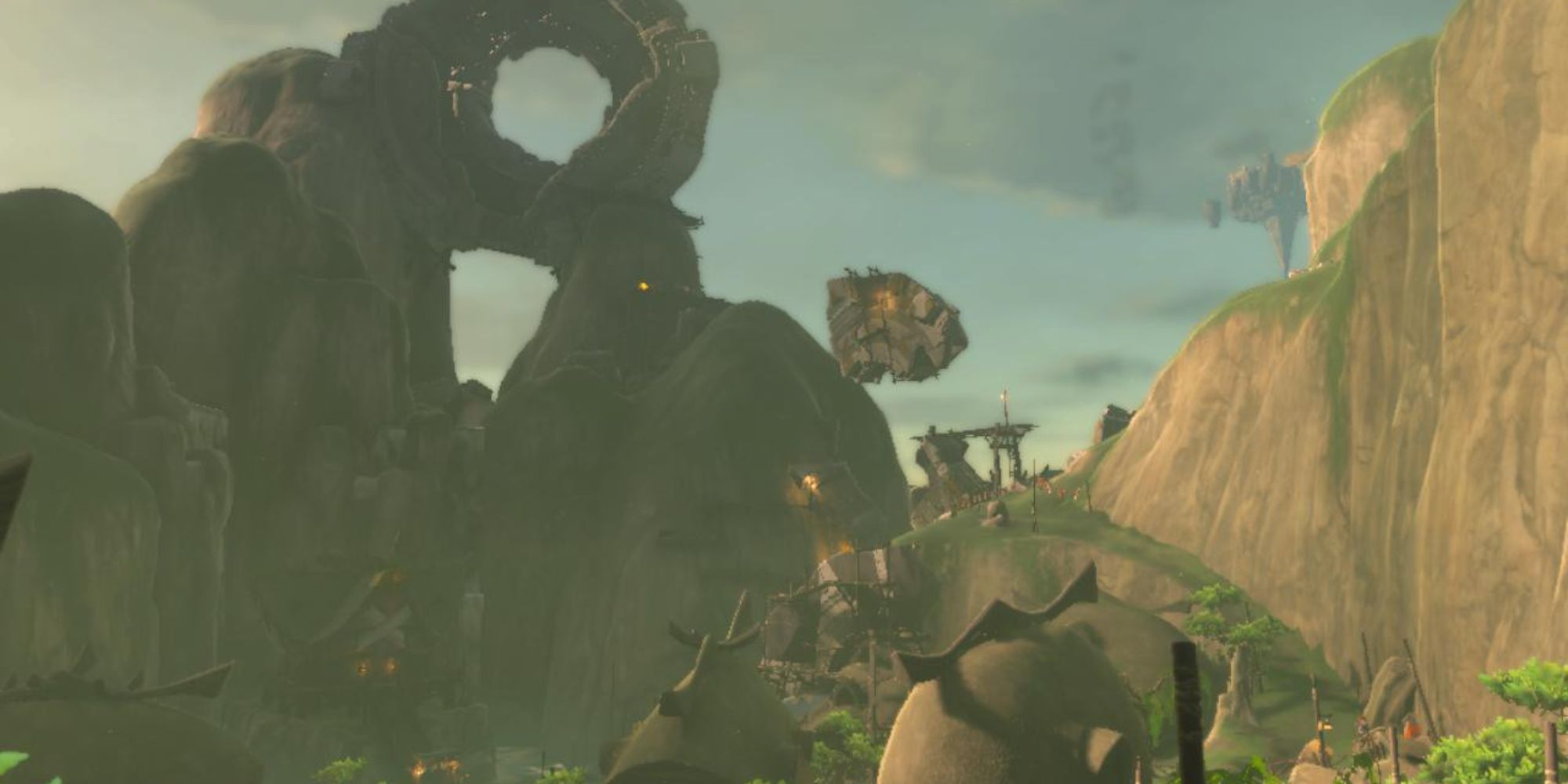For most of my time with The Legend of Zelda: Tears of the Kingdom, I haven’t given much thought to the villages. The game has so much new to offer — the sky islands, the Depths, the temples, the shrines, general Ultrahand-enabled tomfoolery — that it seemed like a waste to hang out in the towns I already got to know in Breath of the Wild. This was especially true for the villages that didn’t contain a quest leading to a temple. I sought out Kakariko Village, Lurelin Village, Hateno Village, and Tarrey Town just to see how they were doing, but there were too many pressing Upheaval-related issues for me to spend time solving side quests for civilians.
It wasn’t until 90 hours in, when I had finally completed the Regional Phenomena questline and its four associated temples, that I began to stop and smell the Silent Princesses. And, I’m glad I did because 90 hours in, Tears of the Kingdom feels new again. Mostly by feeling like something old.
In Breath of the Wild, Tarrey Town was the big ‘help a town’ quest. You partnered with Bolson Construction to build a bunch of buildings on a plateau, slowly expanding the settlement until it was a real village with all the things needed to function and support life. It was a cool quest, off the beaten path, and worth seeking out. Tears of the Kingdom expands on that facet of BOTW by offering multiple Tarrey Town equivalents. The one you helped build is still standing, of course, but now multiple villages have big quests that Link can do to help their populations.
I headed to Lurelin first. I had cleared out the Bokoblin ‘pirates’ that took over the village dozens of hours earlier, before I ever saw any NPC dialogue pointing me in that direction. But, after encountering characters who talked about wanting to go home to the coastal town, I decided to build some houses so they could. I met up with Bolson and got to work collecting lumber and Hylian rice to rebuild the houses. It was simple work — once you got the hang of maneuvering one log into position at the center of the foundation, you could do 100 without thinking too much — but it was fun to see the settlement coming back to life, one house and one returning villager at a time.
After that, I headed to Hateno Village, where a more interesting series of quests (complete with political intrigue) was waiting for me. Once I was there, I noticed that the vast majority of the villagers I encountered were wearing pastel colored clothes and mushroom-shaped hats. I went to the store that seemed to be selling this garb and met Cece, the fashionista behind it. Then, an argument erupted between Reede, the town’s mayor, and Cece over the role of fashion and agriculture in the town’s future, which ended with Cece declaring her candidacy for Reede’s job. From there, there are several optional side quests you can do, two of which involve spying on the candidates. It eventually results in an ending that impacts the future of the town that I don’t want to spoil.
There seem to be other quests like these. There are the ruins in Kakariko Village, and I’ve uncovered a thread in Tarrey Town that I suspect will unfurl into a larger narrative if I start tugging on it. Plus; I still have plenty to do in the four temple cities. But, I’ll take my time getting to them. Nearly 100 hours in, the game keeps surprising me and I’ll be happy if I can make that experience last another 100.


